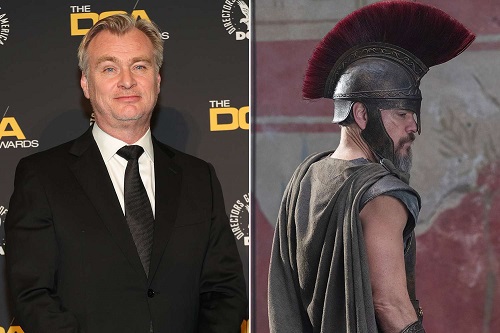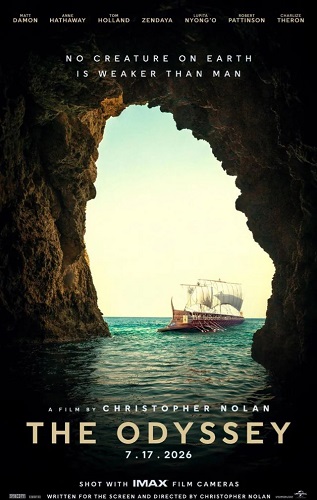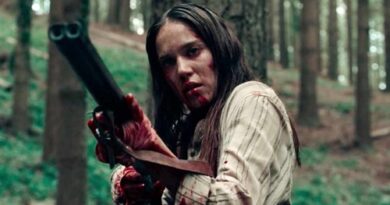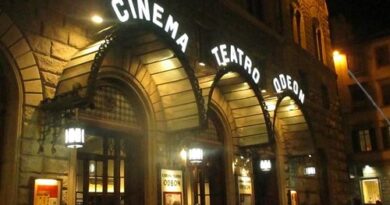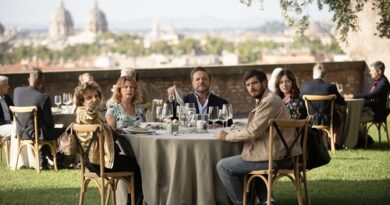Odysseus’ Journey through Italy
TORONTO – Christopher Nolan’s highly anticipated film adaptation of Homer’s Odyssey has just wrapped six months of shooting, which excitingly includes scenes shot in Sicily’s Egadi Islands. The north western Island Favignana in particular, one of the three main Egadi Islands, is apparently well showcased in the film – and not just for its turquoise waters and caves. Most historians agree that Favignana is likely the setting of Homer’s “goat island”, due to its historical name “Aegusa” which translates to “goat island’ in Greek.
In Homer’s epic poem, Odysseus and his band of men travelled for ten tumultuous years, encountering supernatural beasts, giants, nymphs and enchantresses. But Homer also wrote about an “island of goats”, a stopover destination to hunt for food when their supplies were low. The cheese and goats were such a welcomed change of foodstuffs and distraction for the men, that Odysseus chose to leave some of them behind before taking on the Giant Polyphemus.
While described by Homer as having “fertile land, good meadows, a protected harbor and inhabited solely by goats”, today’s Favignana is ironically bereft of the latter. The goats have left the island. But the ancient name and historical references nonetheless suggest a strong connection between Homer’s 24 books that make up the Odyssey and Egadi’s oasis. And thanks to Christopher Nolan’s preference for shooting on location, audiences are being reminded of why knowing history matters.
While major studios would prefer to shoot on their lots for a more controlled and predictable filming process, the artform inevitably suffers. Managing resources and avoiding challenges like rain or limited natural light might be more efficient, but a degree of realism is lost. Enter Nolan, who many fancy as this generation’s Kubrick.
Like his compatriot who gave us films like A Clockwork Orange (1971), which highlighted the brutalist architecture of Thamesmead and Brunel University, Barry Lyndon (1975) which was primarily filmed on location in Ireland, and his unsettling and gritty depiction of the Vietnam War in Full Metal Jacket (1987), Nolan is bringing his audience to the goat island – for Homer’s goat island scene.
When news first broke of the filming locations, historians and Homer enthusiasts noted that some interpretations of the epic 8th century BCE poem place the legendary King of Ithaca in Italy. Some traditions and interpretations place his encounter with the sorceress Circe on the island of Ponza, for instance – off the coast of Rome. The infamous spot where Circe turns Odysseus’s men into pigs. Additionally, the Aeolian Islands north of Sicily are commonly tied to the Island of Aeolus, the wind God who helps Odysseus on his journey.
Whether shooting on location is mere artistic indulgence or added value ultimately comes down to who’s making it. But the debate is usually settled with one question: Is the movie intended for mass consumption or is it art? With Nolan however, it’s never that easy. He’s built a career on bridging art and commerce. And is probably the perfect man to deliver the epic project. Fingers crossed.
Images courtesy of Universal Pictures
Massimo Volpe is a filmmaker and freelance writer from Toronto: he writes reviews of Italian films/content on Netflix

